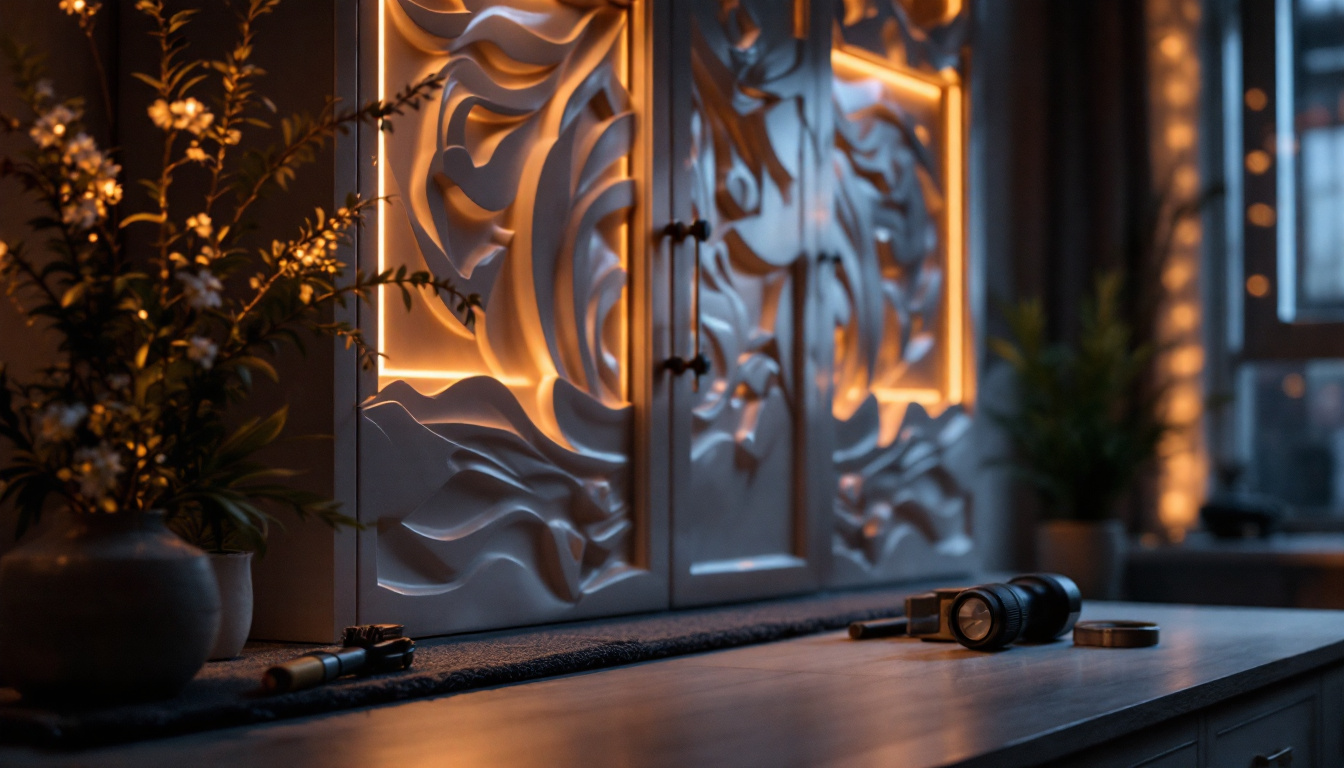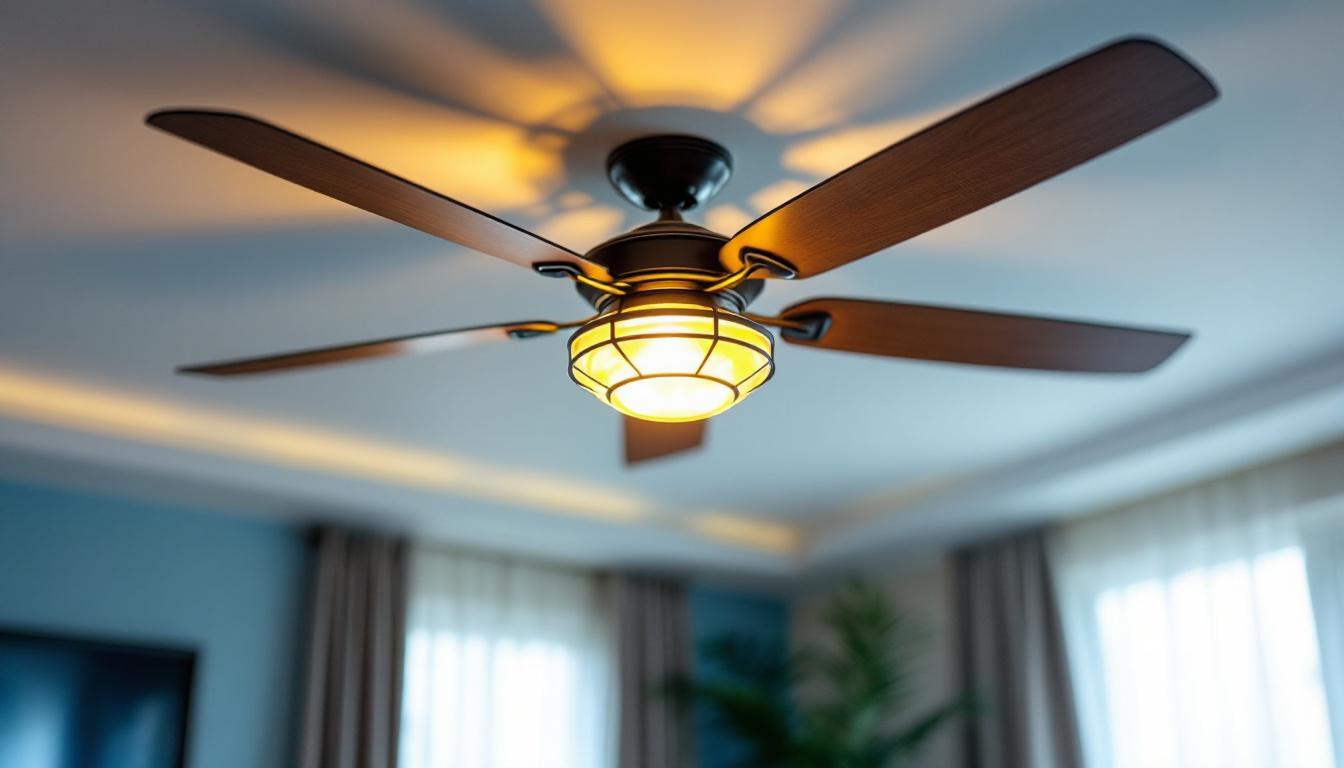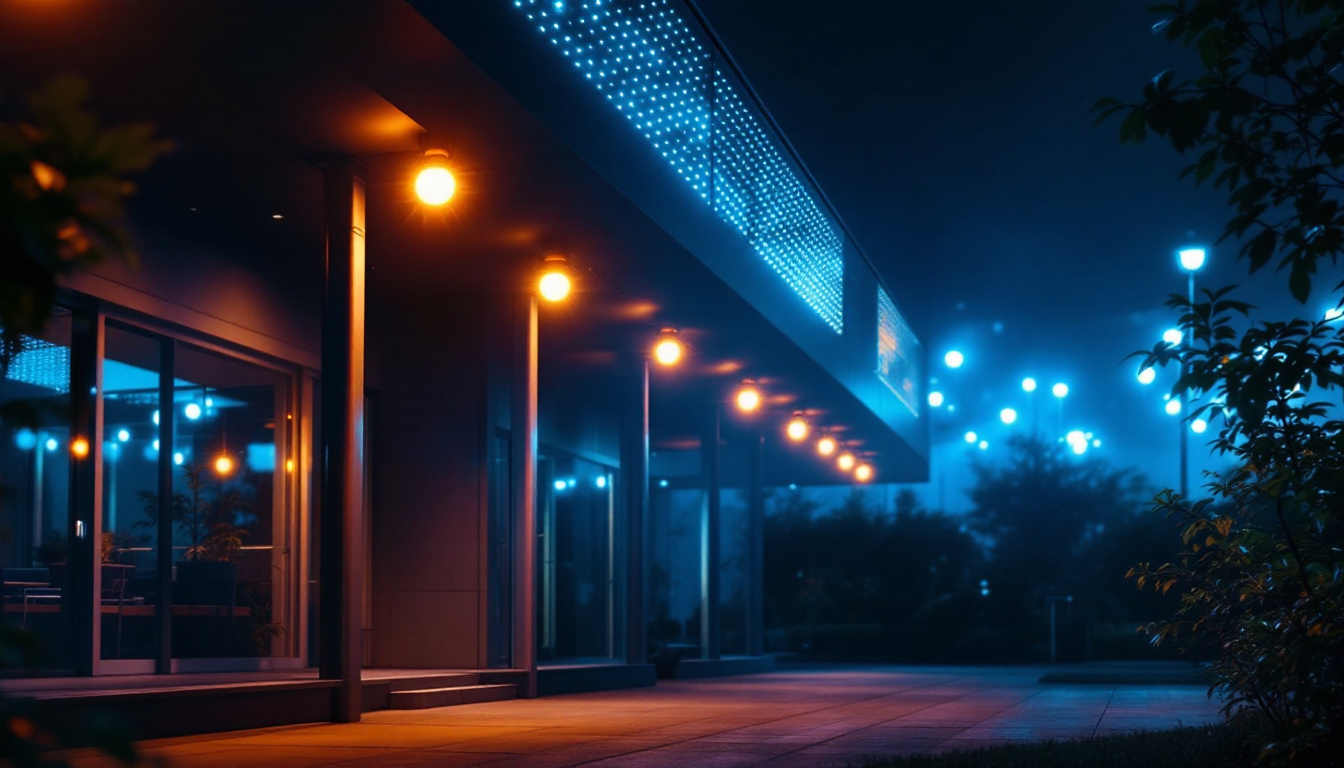
In the ever-evolving world of lighting design, the integration of LED technology into cabinetry has emerged as a transformative trend. For lighting contractors, understanding how to effectively implement LED lights in cabinets is essential for enhancing aesthetic appeal and functionality. This article explores valuable resources and techniques that can help lighting contractors master the art of cabinet lighting.
Before diving into the specifics of cabinet lighting, it’s crucial to grasp the fundamental characteristics of LED lights. LEDs, or Light Emitting Diodes, are known for their energy efficiency, longevity, and versatility. These attributes make them an ideal choice for illuminating cabinets in both residential and commercial settings.
One of the most significant advantages of LED lighting is its energy efficiency. Unlike traditional incandescent bulbs, LEDs consume significantly less power while providing the same, if not better, illumination. This efficiency translates to lower energy bills for clients and a reduced carbon footprint, making it an attractive option for environmentally conscious consumers.
In addition to being energy-efficient, LEDs boast an impressive lifespan. Typically, an LED bulb can last anywhere from 15,000 to 50,000 hours, far exceeding the lifespan of traditional lighting options. This longevity not only benefits the client by reducing replacement costs but also allows lighting contractors to offer a more reliable product. Moreover, the reduced frequency of bulb changes means less waste, contributing further to a sustainable approach to lighting solutions.
LED lights come in various shapes, sizes, and colors, providing an extensive range of design possibilities. From under-cabinet lighting to interior cabinet illumination, the versatility of LEDs allows contractors to create customized lighting solutions that cater to the unique preferences of their clients. Whether it’s a sleek modern kitchen or a rustic cabinetry design, LED lights can seamlessly blend into any aesthetic.
Furthermore, the ability to adjust color temperatures and brightness levels with LED technology offers even greater flexibility. Homeowners can choose warm white tones for a cozy atmosphere or cool white for a more contemporary feel. This adaptability makes LED lighting not only functional but also a key element in setting the mood and enhancing the overall ambiance of a space. Additionally, smart LED systems can be integrated into home automation setups, allowing users to control their cabinet lighting with ease through mobile apps or voice-activated devices, thus elevating the user experience to new heights.
With a plethora of LED products available on the market, selecting the right ones for cabinet lighting can be a daunting task. Lighting contractors must consider several factors, including brightness, color temperature, and installation options.
Brightness is measured in lumens, and understanding the appropriate lumen output for cabinet lighting is crucial. For general cabinet illumination, a range of 200 to 400 lumens per linear foot is typically recommended. However, specific applications may require adjustments based on the cabinet’s purpose and the surrounding environment.
For example, if the cabinet houses delicate items or is used for display purposes, a higher lumen output may be necessary to enhance visibility and showcase the contents effectively. On the other hand, for purely functional cabinets, a lower lumen output may suffice.
Color temperature, measured in Kelvin (K), plays a vital role in setting the mood and functionality of a space. Warmer temperatures (2700K-3000K) create a cozy, inviting atmosphere, ideal for living spaces. In contrast, cooler temperatures (4000K-5000K) provide a more clinical and vibrant feel, suitable for workspaces or kitchens.
Lighting contractors should collaborate with clients to determine the desired ambiance and choose color temperatures that align with their vision. Additionally, the use of dimmable LEDs can offer further flexibility, allowing clients to adjust the lighting according to their needs.
When it comes to installation, there are various options available for integrating LED lights into cabinets. Recessed lighting, strip lights, and puck lights are popular choices among contractors. Each option has its advantages and can be tailored to meet specific design requirements.
Recessed lighting offers a sleek and unobtrusive look, while strip lights provide versatility in placement and can be easily cut to fit various cabinet sizes. Puck lights, on the other hand, are ideal for highlighting specific areas within the cabinet. Contractors should assess the cabinet’s layout and the client’s preferences to determine the most suitable installation method.
Effective cabinet lighting goes beyond simply choosing the right products; it also involves thoughtful design considerations. Lighting contractors must take into account the cabinet’s purpose, the surrounding environment, and the overall aesthetic of the space.
Cabinet lighting can serve both functional and aesthetic purposes. Functional lighting focuses on providing adequate illumination for tasks such as cooking or searching for items, while aesthetic lighting enhances the visual appeal of the cabinet and its contents.
For functional lighting, it’s essential to ensure that the brightness is sufficient for the intended tasks. Aesthetic lighting, on the other hand, can involve the strategic placement of lights to create shadows and highlights, adding depth and interest to the cabinetry.
Another important consideration is how to highlight specific features of the cabinetry. For example, if the cabinet showcases beautiful dishware or collectibles, strategically placed LED lights can draw attention to these items. Lighting contractors should work with clients to identify key features they wish to highlight and design the lighting accordingly.
Additionally, using adjustable lighting can provide flexibility in showcasing different items at various times. This adaptability allows clients to change the focus of their cabinet lighting as their needs evolve.
Once the right products and design considerations have been established, the next step is installation. Proper installation techniques are crucial for ensuring that the LED lights function effectively and safely.
Before installation begins, contractors must plan the wiring and power supply for the LED lights. It’s essential to ensure that the power supply matches the voltage requirements of the LED products being used. Many LED lights operate on low voltage, requiring a transformer to convert standard voltage to the appropriate level.
Contractors should also consider the location of power outlets and the best routes for wiring. Concealing wires within cabinetry or behind panels can create a clean and professional look, enhancing the overall aesthetic of the installation.
When it comes to mounting LED lights, different techniques may be required based on the type of lighting being installed. For recessed lights, precise measurements and cutting are essential to ensure a snug fit. Strip lights often come with adhesive backing, making installation straightforward, but additional mounting clips may be necessary for longer runs.
Puck lights typically require drilling small holes for mounting, and contractors should ensure that they are securely fastened to prevent any sagging or misalignment. Attention to detail during the mounting process is crucial for achieving a polished final result.
Once the LED cabinet lighting is installed, it’s important for lighting contractors to educate clients on maintenance and troubleshooting. While LEDs are known for their longevity, occasional issues may arise that require attention.
To maintain the appearance and functionality of LED cabinet lighting, regular cleaning is essential. Dust and debris can accumulate on light fixtures, reducing their effectiveness and altering the quality of light. Contractors should recommend using a soft, dry cloth to gently wipe down fixtures and avoid harsh chemicals that may damage the finish.
Additionally, clients should be informed about the importance of checking connections and ensuring that the power supply is functioning correctly. Regular inspections can help identify potential issues before they become major problems.
Despite their reliability, LED lights may occasionally flicker or fail to turn on. Lighting contractors should provide clients with troubleshooting tips, such as checking the power supply, ensuring proper connections, and replacing any faulty components. Understanding these common issues can empower clients to address minor problems without needing professional assistance.
The lighting industry is continuously evolving, with new technologies and design trends emerging regularly. For lighting contractors, staying informed about these developments is crucial for maintaining a competitive edge.
Participating in workshops, webinars, and industry conferences can provide valuable insights into the latest advancements in LED technology and cabinet lighting design. Many organizations offer certification programs that focus on energy-efficient lighting solutions, which can enhance a contractor’s credentials and expertise.
Additionally, online resources such as blogs, forums, and industry publications can serve as excellent platforms for learning and sharing knowledge with peers. Engaging with the lighting community can foster collaboration and inspire innovative ideas.
Building strong relationships with suppliers and manufacturers can also provide contractors with access to the latest products and technologies. Many manufacturers offer training sessions and product demonstrations, allowing contractors to gain hands-on experience with new offerings.
Networking can also lead to collaboration opportunities, enabling contractors to work on larger projects or share resources. Staying connected with industry professionals can open doors to new possibilities and enhance overall business growth.
Mastering the art of cabinet lighting with LED technology requires a combination of knowledge, creativity, and technical skill. By understanding the fundamentals of LED lighting, selecting the right products, and implementing effective design and installation techniques, lighting contractors can elevate their projects to new heights.
Moreover, staying informed about industry trends and engaging with the broader lighting community can foster continuous growth and innovation. As the demand for stylish and functional cabinet lighting continues to rise, contractors who embrace these practices will be well-positioned to succeed in this dynamic field.
Ready to take your cabinet lighting projects to the next level? At LumenWholesale, we provide lighting contractors with the highest quality, spec-grade LED lighting products at unbeatable wholesale prices. Say goodbye to local distributor markups and hello to a vast selection of reliable, high-performance lighting that meets the most rigorous industry standards. With free shipping on bulk orders, you can stock up on premium lighting solutions without worrying about hidden fees or compromises. Elevate your lighting installations with the perfect blend of quality, affordability, and convenience. Discover Wholesale Lighting at the Best Value today and light up your clients’ spaces with confidence.

Discover the importance of ceiling fan replacement light kits in modern lighting installations.

Discover how 100 feet LED lights revolutionize safety in lighting installations.

Discover the ultimate guide to corner light fixtures with our essential checklist tailored for lighting professionals.

Explore how recessed LED light fixtures are transforming the financial landscape for lighting contractors.